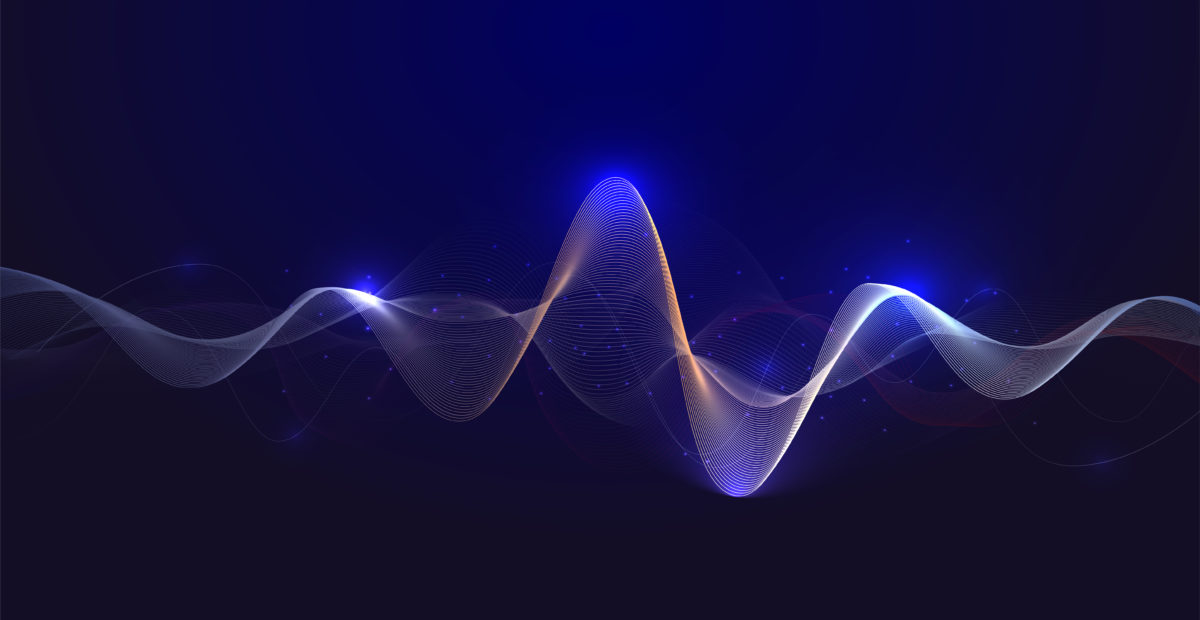Scientists, researchers, and doctors are digging deeper into the power of sound and frequency in medicine and also in everyday life. A recent article from Stanford University discusses how they are putting sound and acoustics to work in medicine.
Sound acoustics and frequency patterns give new insights to help with heart disease.
Cardiologist Sean Wu, MD, Ph.D., and Utkan Demirci, Ph.D., an acoustic bioengineer, have combined sound and science to manipulate heart cells by changing frequency and amplitude.

Wu and Demirci think acoustic engineering could help create beneficial cardiac disease models and drug screening. They see the potential for heart patches in patients who have weak cardiac walls or have damage from a heart attack.
“Utkan Demirci and Sean Wu use acoustics to manipulate heart cells into intricate patterns. A simple change in frequency and amplitude puts the cells in motion, guides them to a new position and holds them in place.”
Cardiologist Sean Wu, MD, Ph.D., Utkan Demirci, Ph.D., an acoustic bioengineer
A simple change in the frequency can change the pattern of the densely packed heart cells. About 100 million cells fit into the size of a sugar cube. When the cells are so close they can communicate with each other based on their beat and frequency.
“If you don’t like the pattern, for whatever reason, you can change it, literally, within five or six seconds. You change the frequency and amplitude, and the cells move into a new spot right in front of your eyes.”
Cardiologist Sean Wu, MD, Ph.D.

A New Frequency Device Is Being Created to Detect Seizures in People.
When neurologist Josef Parvizi, MD, Ph.D. partnered with music professor, Christopher Chafe, who is also the director of Stanford’s Center for Computer Research in Music and Acoustics, Chafe had already figured out how to turn signals from space into sound, so Parvizi thought it may be possible to turn brain waves into sound as well.
After several years working together, they developed a device they call the “the brain stethoscope.”
“The instrument, which is noninvasive and looks like a sweatband, straps onto a person’s head and listens to the brain’s electrical signals. With a push of a button, those signals are converted to sound that streams from a small speaker connected to the band. The thought is that doctors can “hear” the tone of the brain — particularly if there is a seizure.”
Neurologist Josef Parvizi, MD, PhD
According to Parvizi, this device is geared toward “non-convulsive subclinical seizures” or those seizures that don’t have obvious physical symptoms.
YOU MAY ALSO LIKE: ‘What is Holistic Health? And What Does It Really Mean?

Can an App that sends out a specific frequency keep the mosquitoes away?
Everyone knows the annoying sound of the mosquito when it buzzes around your head while you are trying to sleep. This sound and frequency is unique to each mosquito species and is being tracked by Manu Prakash, Ph.D., assistant professor of bioengineering. He has created and launched a new app called Abuzz to help digitally identify and tag mosquito species based on their hums.
This app can help identify the location of a specific mosquito species and reduce spikes in mosquito populations, which in turn can minimize the diseases that they pass on to humans.
Contents
Mamas Uncut is THE online place for moms. We cover the latest about motherhood, parenting, and entertainment as well – all with a mom-focused twist. So if you're looking for parenting advice from real parents, we have plenty of it, all for moms from moms, and also experts. Because, at the end of the day, our mission is focused solely on empowering moms and moms-to-be with the knowledge and answers they’re looking for in one safe space.
